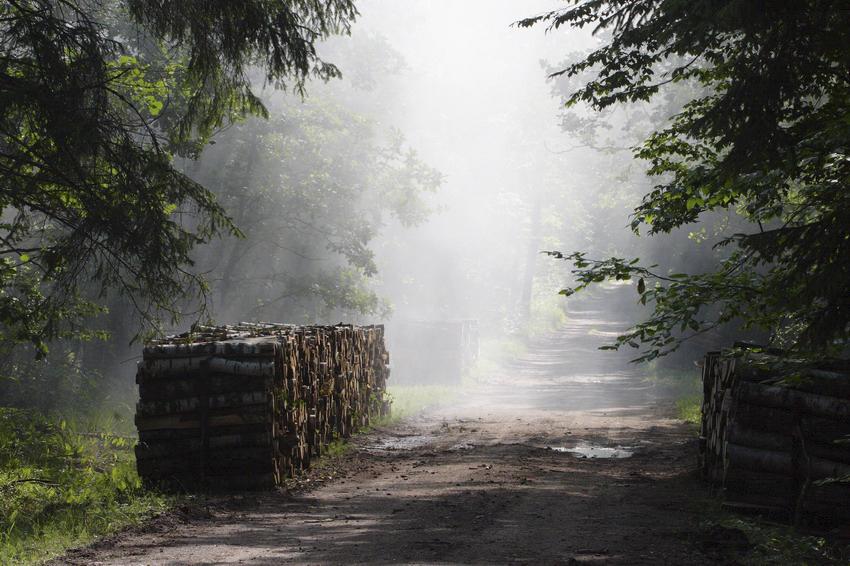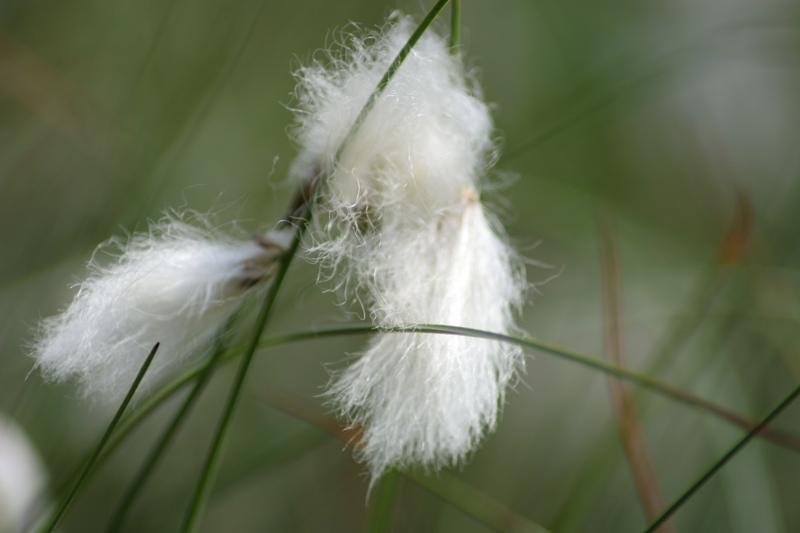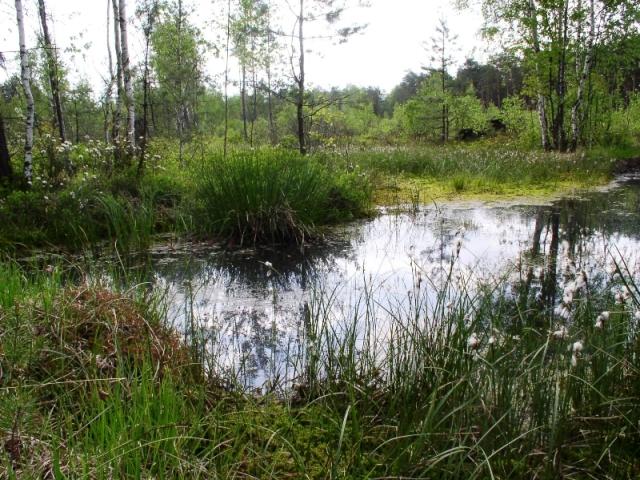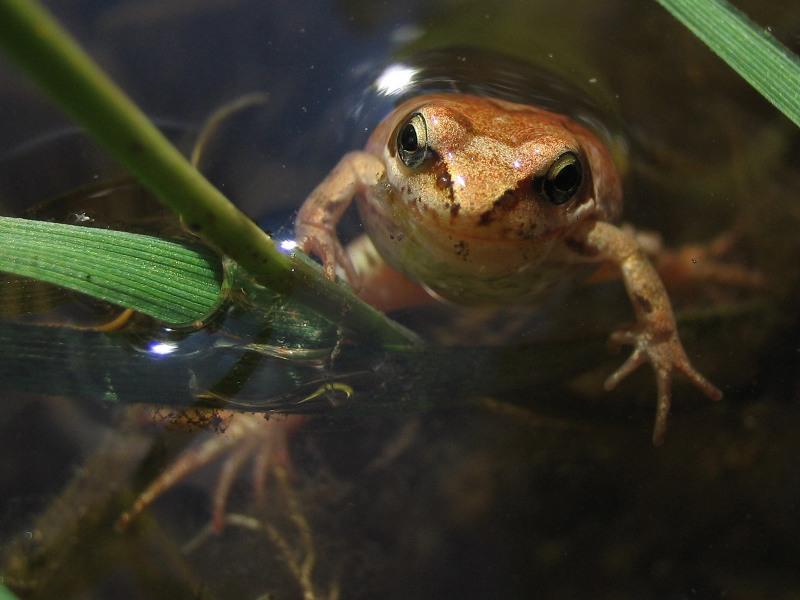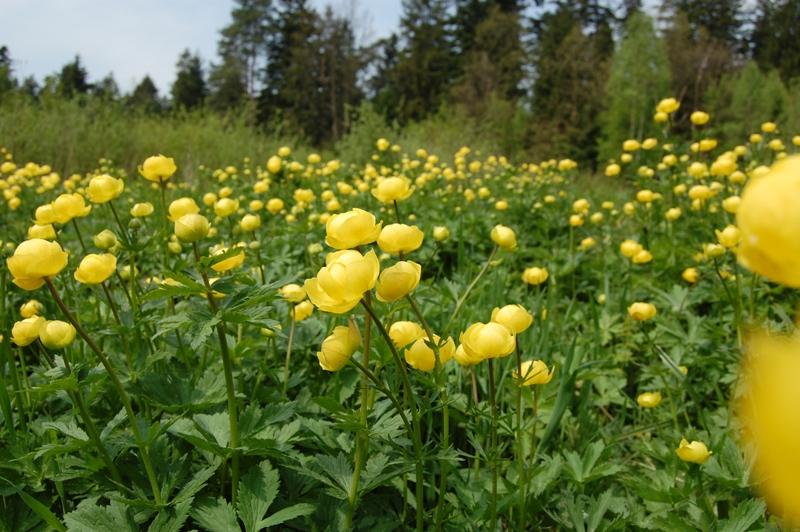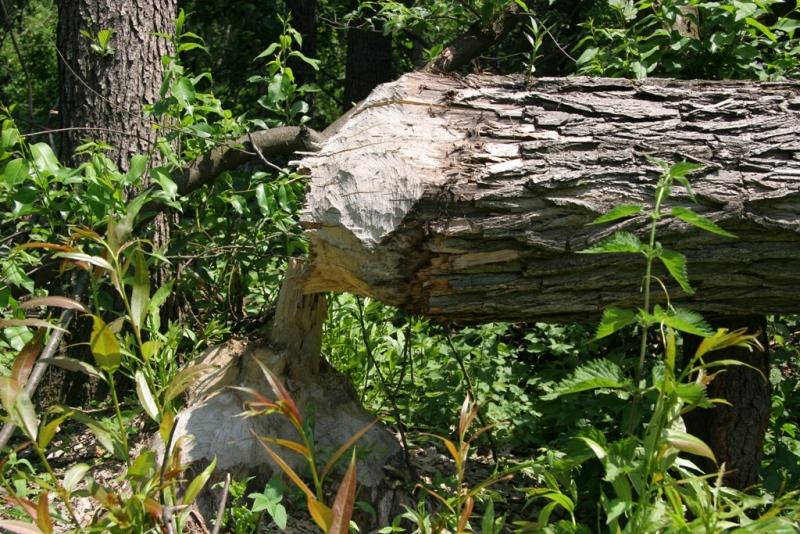 Asset Publisher
Asset Publisher
The State Forests National Forest Holding
The State Forests National Forest Holding is the largest organisation in the European Union managing forests, which belong to the State Treasury and celebrating its 90 anniversary this year.
Presently, we manage the area of one third of Poland's territory. Not long after the end of the Second World War, there was only 21 % of the area. Every year we plant 500 million of new trees, as we want Polish forests grow all the time.
Every year Polish foresters plant 500 million of trees.
85 % of nature reserves in Poland are located within the State Forests. 40 % of the forests managed by General Directorate of the State Forests are protected within the framework of European network Natura 2000. We fight against many threats: natural disasters, plaques of insects, trees' diseases, fires, pollutions, as well as poaching and vandalism.
We take care the forestry supplying the market with timber, as ecological and universal material, to be carried on in accordance with rules of balanced development (photography P.Fabjański).
One of our major tasks is making forests accessible to the society. We invite you to take advantage of these beautifully located within the forest wilderness holiday resorts, forester's lodges or guest rooms. That is for you, we create thousand kilometres of hiking trails, cycling paths or camping sites. All the above mentioned, you can find in service www.czaswlas.pl.
We also take care the forestry supplying the market with timber, as ecological and universal material, to be carried on in accordance with rules of balanced development. We obtain over 30 million of cubic meters of wood annually, twice as much as at the beginning of the nineties of the XX century.
Despite of this, the average of wood abundance per hectare of our forests is one fourth bigger than 20 years ago and 40% bigger than the average of European Union currently amounts.
In Poland in sectors connected with the forestry, there work about 375 thousand of people. It means that each 40 working Pole works in the forest.
In Poland in sectors connected with the forestry, there work about 375 thousand of people. It means that each 40 working Pole works in the forest. The sector of wood processing works out approximately 8 % of our GDP (Gross Domestic Product). Among others, thanks to the timber from the State Forests Poland is the 10 largest producer of furniture in the world, and the 4 largest furniture exporter.
The State Forests employ 25 thousand people. That way we are the 9 biggest employer in Poland. Among the largest companies in our country it takes 22 place in respect of its incomes and 11 place in respect of its profits. The value of assets, we manage, reaches 300 million zl. If we add social values, it will be worth one billion zlotych. We do not use money from the budget, but we earn money on our own to support the business. In spite of the financial crisis, since 2002, we continuously note down profits. Moreover, we pay taxes amounting 1,3 billion zl annually.
87 % of Poles think, the foresters are competent. We willingly share our knowledge of Polish forests, of their history and of nature values with the others. We publish books, periodicals, brochures; we also administer the website www.lasy.gov.pl . For children, the youth and teachers, we prepared internet service "E-lynx' Lynx Forest" (www.erys.pl). Our staff has supported schools in field of nature education for years. We also organise many actions to let people broaden their knowledge about forest, nature and ecology.
 Asset Publisher
Asset Publisher
 Asset Publisher
Asset Publisher
Użytki ekologiczne
Użytki ekologiczne
Królestwo roślinności bagiennej
Użytkami ekologicznym nazywamy zasługujące na ochronę pozostałości ekosystemów mających znaczenie dla zachowania różnorodności biologicznej – naturalne zbiorniki wodne, śródpolne i śródleśne oczka wodne, kępy drzew i krzewów, bagna , torfowiska, wydmy, płaty nieużytkowanej roślinności itp.
Na terenie naszego Nadleśnictwa znajduje się siedem tego typu obiektów:
Użytek ekologiczny „Śródleśna łąka" położony w dolinie Łukawki, częściowo podmokły, ze wszystkich stron otoczony lasem. Spotkamy tutaj stanowiska pełnika europejskiego, podkolana białego i storczyka szerokolistnego.

Użytek ekologiczny „Bagno". Ochroną objęto śródleśny zbiornik wodny i otaczające go torfowisko. Występują tu fitocenozy torfowisk przejściowych oraz łozowiska z wierzbą szarą i pięciopręcikową. Jest to miejsce bytowania licznych gatunków owadów, płazów i ptaków preferujących środowisko wodno – błotne.
Użytek ekologiczny „Bagno 2". Jest to torfowisko o charakterze przejściowym, okresowo zalewane wodą. Występują tu liczne gatunki mchów, bagno zwyczajne, modrzewnica zwyczajna, wełnianka. Miejsce bytowania licznych gatunków owadów, płazów i ptaków preferujących środowisko wodno – błotne.

Użytek ekologiczny „Bagno 3". Jest to torfowisko śródleśne. Występuje tutaj dobrze zachowany układ fitocenoz torfowisk wysokich, przejściowych, bory bagiennego i formy przejściowe pomiędzy nimi. Występuje tu masowo rosiczka okrągłolistna. Miejsce bytowania licznych gatunków owadów, płazów i ptaków wodno-błotnych.
Użytek ekologiczny „Bagno 4". Ochronie podlega stale podmokła, okresowo zalewana wodą enklawa śródleśna. Przedstawia ona późne stadia sukcesji na torfowisku wysokim. Występuje tu masowo rosiczka okrągłolistna; prócz tego liczne gatunki mchów, bagno zwyczajne, wełnianka i inni przedstawiciele roślinności bagienno – torfowej. Jest to miejsce bytowania zwierząt preferujących środowisko wodno – błotne.
Użytek ekologiczny „Łąka z pełnikami". Celem ochrony jest zachowania ze względów dydaktycznych stanowiska pełnika europejskiego oraz występujących na tym terenie roślin z rodziny storczykowatych.
Użytek ekologiczny "Torfowisko śródleśne koło miejscowości Mocha". Ustanowiony 12 listopada 2014 r. ma na celu zachowanie ekosystemu śródleśnego oczka wodnego z wykształconymi w jego sąsiedztwie siedliskami podmokłymi ze zbiorowiskami turzyc, sitowia i pałki wodnej, stanowiącego miejsce lęgowe wielu gatunków płazów i gadów, a także ptaków i owadów. Stanowi on także miejsce bytowania i rozrodu bobra europejskiego. Użytek ten cechuje się dużymi walorami przyrodniczymi i krajobrazowymi.


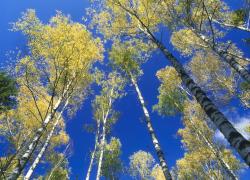 fot. Paweł Fabijański
fot. Paweł Fabijański
 fot. Paweł Fabijański
fot. Paweł Fabijański
 fot. Paweł Fabijański
fot. Paweł Fabijański
